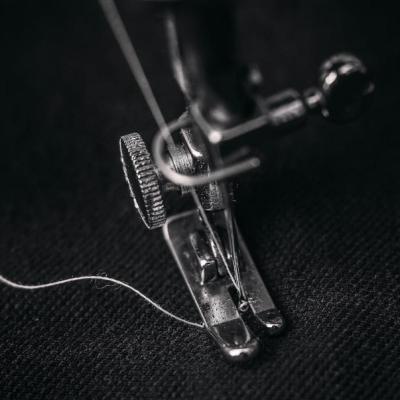
Pensar, Sentir, Preocuparse
Esta rutina anima a los estudiantes a considerar las diferentes perspectivas de diversas personas que interactúan dentro de un sistema en particular.
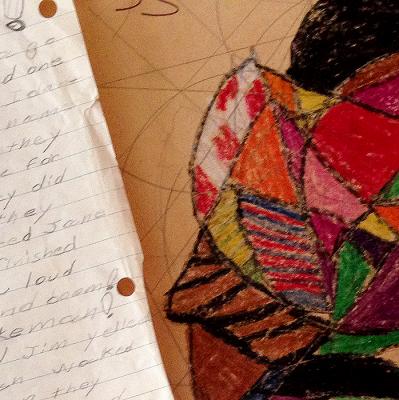
Curiosities, Collections, and Curating: Considering Maker Portfolios
AbD researcher Jessica Ross elaborates on her role in the Open Portfolio Project by asking the question: What advice can we offer young makers as they document their making throughout their lifetimes?
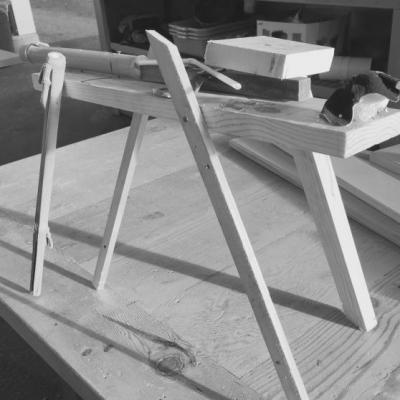
Memorable Making Experience
A conversation starter and reflective activity for introducing young people and adults to making.
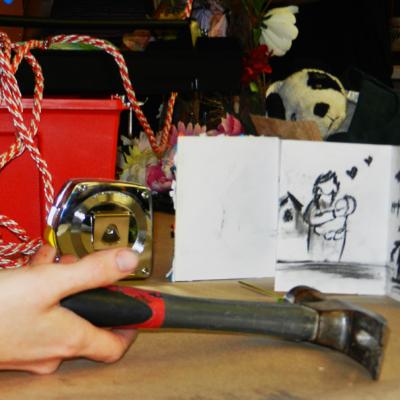
Maker Empowerment in the Making!
Oakland Learning Community member Ilya Pratt describes her experiences working with the concept of “Maker Empowerment” at a recent Agency by Design workshop in Oakland, CA.

“联系互动” 的思考模式 (简体版)
这个思考模式鼓励学生能够慢下来,仔细观察其中一个系统。通过这样帮助学生更好地认识具体系统里无论是直接或间接相关的人物,学生也会注意到系统里任何一点变化,也许都会有意无意地影响到系统的其它方面。

Voice and Choice: The Protocol
A protocol for looking closely at content, considering perspectives and representation, and then redesigning or reimagining that content from one's own perspective. Try out the accompanying Learner Workbook!
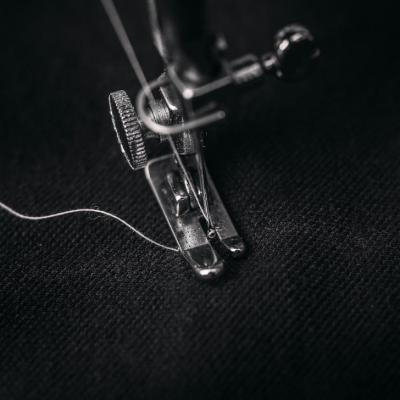
PENSE, SINTA, SE IMPORTE
Essa rotina encoraja os estudantes a considerarem as diversas perspectivas de quem interage em um sistema particular. O objetivo dessa rotina é ajudar os estudantes a entender no que as diversas pessoas que participam de um sistema pensam, o que sentem e com o que se importam de uma forma particular em função de sua posição no sistema.

Partes, Personas, Interacciones
Esta rutina de pensamiento ayuda a los estudiantes a ir lentamente y observar de cerca un sistema.